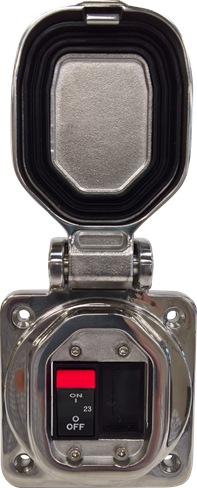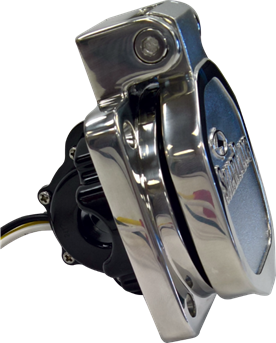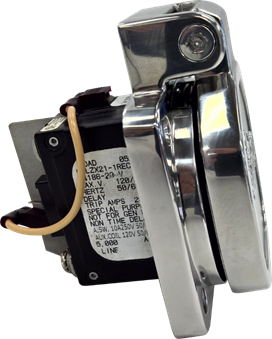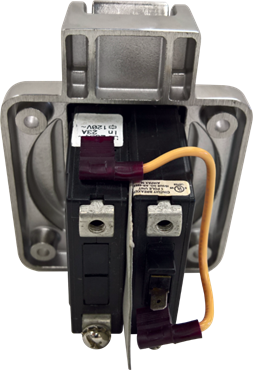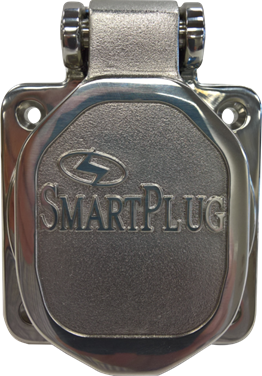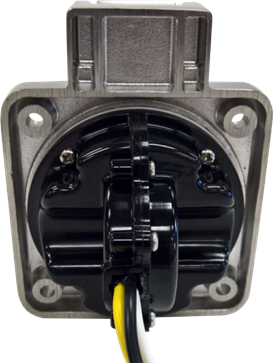sdowney717
Guru
- Joined
- Jan 26, 2016
- Messages
- 2,264
- Location
- United States
- Vessel Name
- Old Glory
- Vessel Make
- 1970 Egg Harbor 37 extended salon model
I years ago, also put in two 30 amp double pole breakers when replacing my wires, to meet the requirement, but to me it is a dumb idea. Someone comes up with a rule and people don't like breaking rules so they comply.Thanks all for your comments and CMS and CharlieJ for describing why a breaker after the shore power inlet is a good idea. I think I will proceed with install the breaker in the near future at the time when the Charles Isolation transformer is installed. Note: I believe the CIT instructions do call for a breaker prior to the CIT.
View attachment 78334
I have just replaced the shore power inlet in the boat with a Smartplug receptacle. The green ground wire was the typical tinned, (8 gauge?) wire, but the black and white wires were untinned copper, with the “strands” being very coarse diameter. These wires are not very flexible. Would these be the so-called welding cables that were used on similar vintage KK42’s? It seems to me that surveyor’s recommendation to replace the service all the way to the panel makes sense in this case.
Question: the easiest option for me would be to locate the breaker box on the other side FRP molded structure where the shore-power inlet is located. Is it acceptable to afix this box with an adhesive such as 4200 or 5200?
Question: the second 30 amp Inlet is of unknown function. It does go the the panels as evidenced by a lit LED, but does not seem to power anything. Is this a provision for a possible air conditioning install?
Jim
If you always simply agree without complaint those over you setting policies, then what kind of person are you anyway, someone who goes along to get along.
One rationale for doing this by the promoters here has been to engender fear in the boat owners mind that the dock pedestal breaker is likely defective and will burn his boat to the waterline if he does not do what they say. I don't like this, if the dock shore power has a defect, then the marina fixes it, and if they do not, the most likely failure point is you shore cord and inlets which these extra breakers will not help you at all with,
People are like lemmings with their minds blinded by the experts.
And have little of their own common sense.
And not even going to say another word from here on about this subject.
All regulation changes seem great, but they add on to costs, and may not really make things any better. And since they become written in stone, then the law and insurance issues arise and you have to comply or else, sort of like a policy enslavement, which if you do not comply, God help you cause no one else will, they will be out to get you, make you suffer cause you did not comply with their rules.
Last edited:

